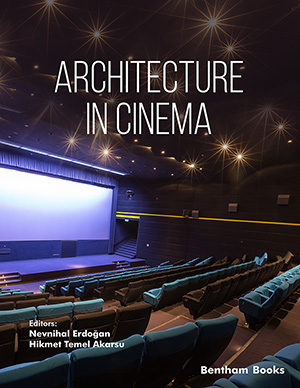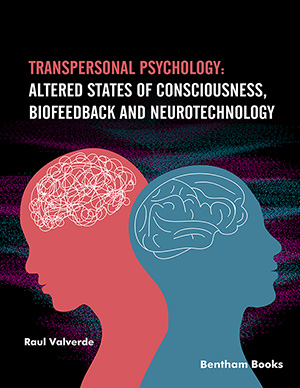Abstract
The film Cloud Atlas is one of the cult works of science fiction cinema. It was created to set a shared narrative of time and space in six different stories. The theme of the film, directed by Lana and Lilly Wachowski siblings, is the wicked history of humanity, which does not distinguish between time and space. Throughout the film, the phenomena of time and space are employed as frequently used narrative tools. The phenomena of time and space also have an important place in both the theoretical and practical fields of architecture. Therefore, based on these two phenomena, the movie Cloud Atlas is a work that should be consulted as it has the potential to enrich our singular perception of time and space to which we are prone. Throughout the film, the places serve as the litmus of the times the stories belong to. It gives the history of the role of space in the history of humanity and shows how our relationship with space and the meanings we attribute to it are transformed. Thus, the multidimensional relationship that space has established over time is skillfully conveyed to the architects stuck in today's space through cinematography. In this context, considering the social, cultural, and economic life when the six stories in the film took place, their effects on the phenomenon of space are discussed. The spatial descriptions of these six different stories that the directors wanted to create will be examined one by one. As a result, these multidimensional effects of time have once again emphasized the importance of not thinking about time independently of space. The fact that the organization of space, from the most primitive life forms to the life forms where technology reaches its peaks, is also a reflection of the social structure of the period reveals the multidimensional relationship of space. Themes such as racism, war, consumption fetishism, and technophobic visioning of the future in the stories also overlap with the spatial setups. According to the story, the place can take on the symbol of power, the instrument of domination, and virtual setups that we have not yet experienced. Thus, the potential of cinema to dissolve the past and the future in its own temporality and transfer it to the audience already expands the limits of imagination to a broader temporality for architects who are trapped in the hegemony of the unconditional present.
Keywords: Architecture in Cinema, cloud Atlas, david Mitchell, dystopia, futurism, gothic space, henri Lefebvre, lilly Wachowski, lana Wachowski, modernism, matrix, production of Space, robot technology, science fiction, space, sonmi-451, time, technophobia, urban space, virtual space.







